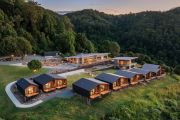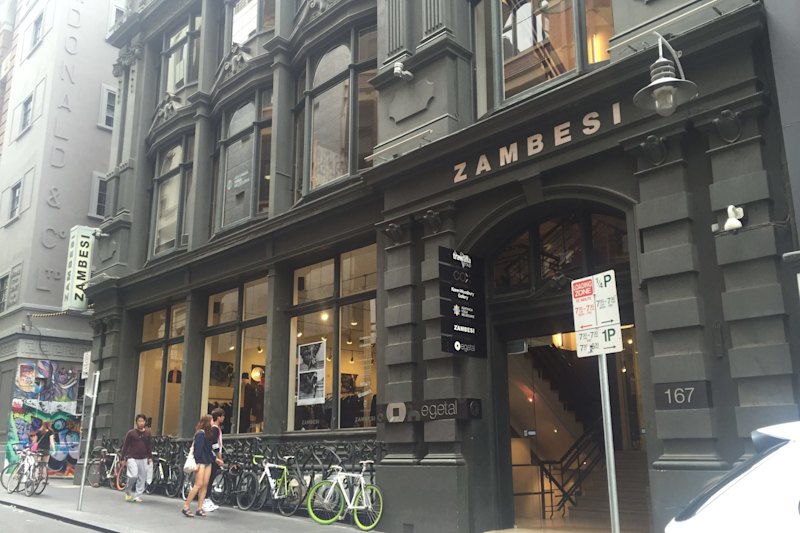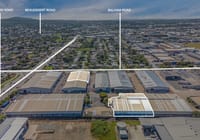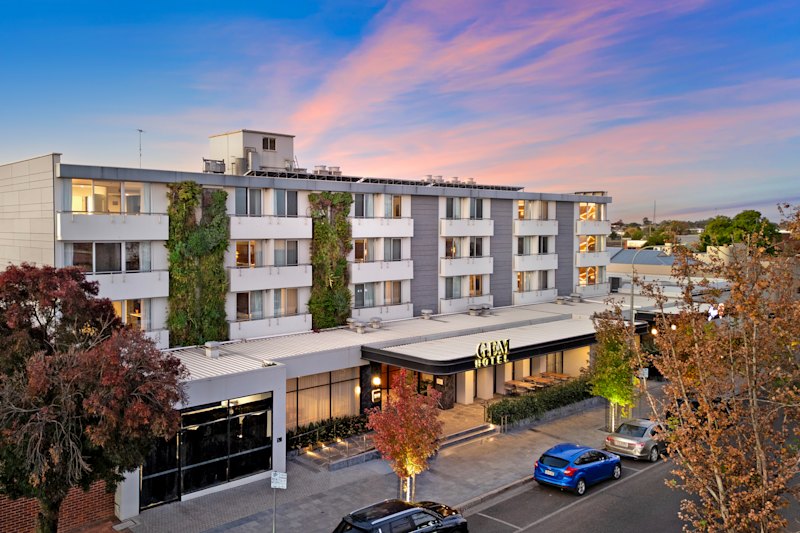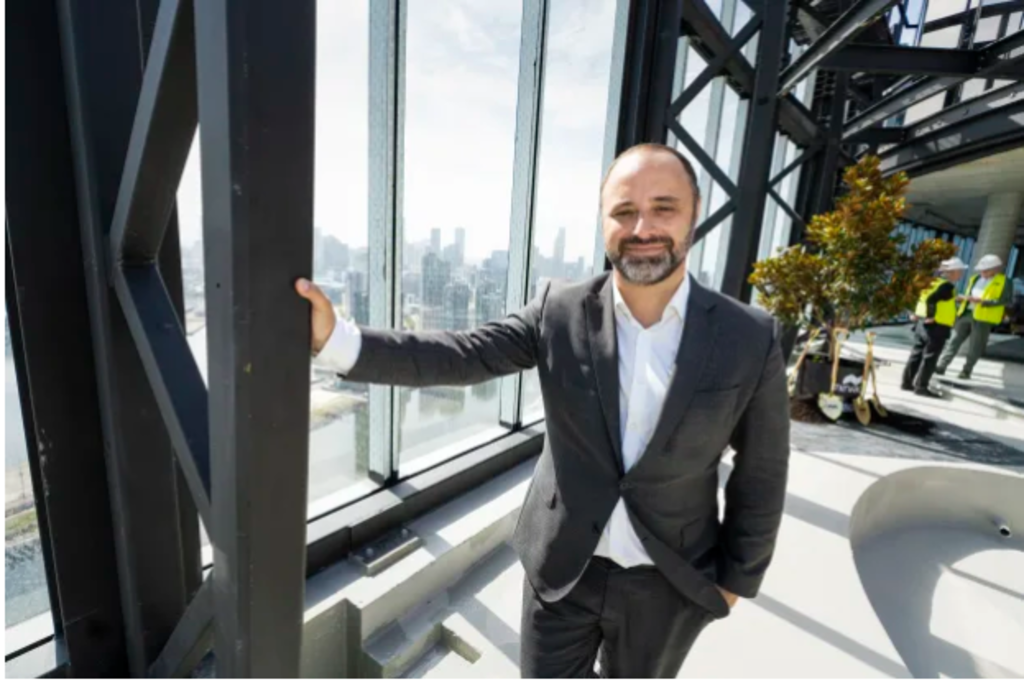
Opal Tower hurt values of neighbouring projects
The fallout from Sydney’s disastrous Opal Tower development damaged values of nearby residential developments including Mirvac’s 359-unit Pavilions project in Sydney Olympic Park, Mirvac head of residential Stuart Penklis says.
Mirvac’s two-tower Pavilions development, which launched at the peak of the last apartment boom, and settled last year – in the middle of the pandemic – suffered an unusually high 3.5 per cent failure rate on settlements and 20 per cent of its stock remains unsold, Mr Penklis said.
But on top of the problems of a turning market and a COVID-19 recession that turned people’s lives upside down and materially changed the ability of some buyers to settle on purchases, valuations of apartments and what banks were willing to lend purchasers were cut in response to the building failures of Opal, across Australia Avenue from Pavilions.
“Valuers took a negative view,” Mr Penklis told The Australian Financial Review on Thursday.
“We got tarnished with the same brush. It affected the whole corridor – that whole part of Sydney Olympic Park.”
Cracks in structural concrete beams at the 36-level Opal Tower triggered the evacuation of residents on Christmas Eve in 2018, again four days later and sparked claims involving developer Ecove, builder Icon, engineer WSP, their insurers and even the NSW government over the apartments rendered all but unsaleable and for some investors, unrentable.
But while the problems for Opal’s owners are well documented, the fallout for nearby projects is less clear and the experience of Mirvac – one of the country’s highest-quality developers – makes clear the risk for the whole development industry of poor construction.
Mr Penklis praised the efforts of the NSW government and Building Commissioner David Chandler to weed out poor-quality developments that might be cheaper to build and sell, but could be costly for owners and the wider community in the longer term.
“Prior to the government stepping in, it opened the door for tier-three developers,” he said.
“There’s no room for tier-three developers in the market going forward.”
As much as 20 per cent of the apartments in Pavilions remain unsold and the project hit by what Mr Penklis called a “double-whammy” stood out at last month’s half-year earnings for a default rate well above the company’s below-2 per cent average. However, demand was strong and the remaining units were likely to sell out over the next 12-18 months, he said.
Mr Penklis was speaking at the topping-out ceremony of Mirvac’s $300 million Voyager residential tower in Melbourne’s Southbank.
The 43-level, 315-unit Voyager is the tenth of 12 planned residential towers on Mirvac’s Yarra’s Edge precinct, which began two decades ago under Mirvac founder Bob Hamilton.
Settlements in the tower, which is 75 per cent sold, were taking between two and three weeks longer than other projects had previously, though access to finance was very good and valuations were in line with expectations, Mirvac chief executive Susan Lloyd-Hurwitz said.

